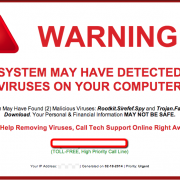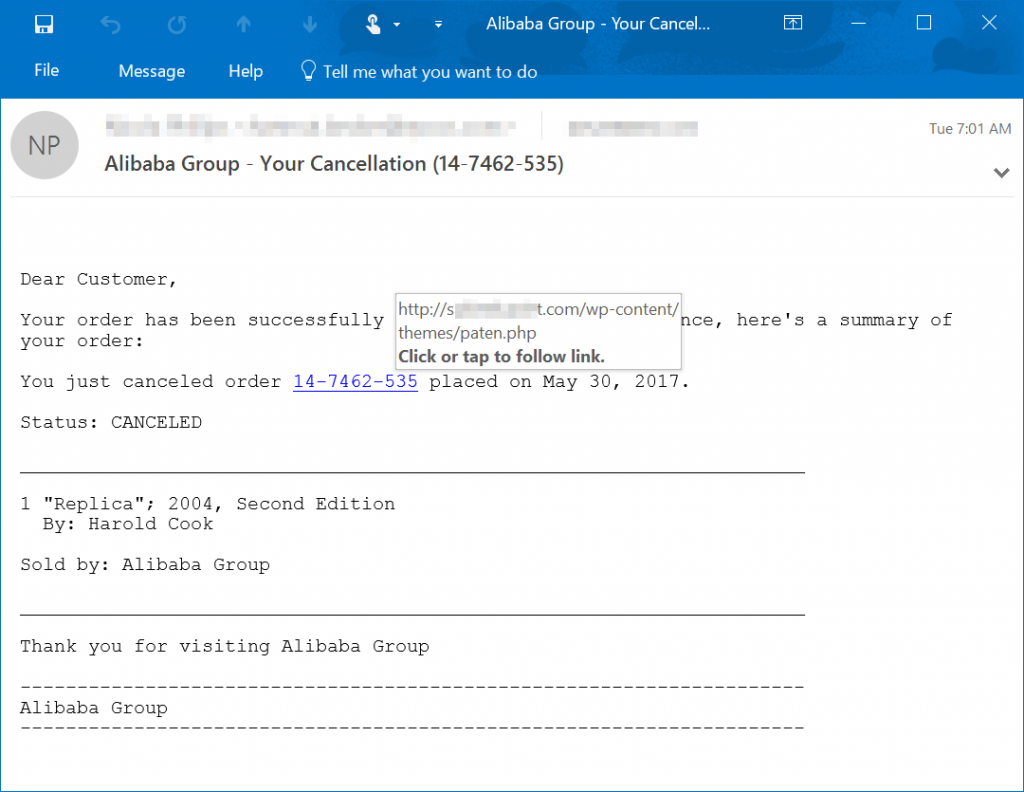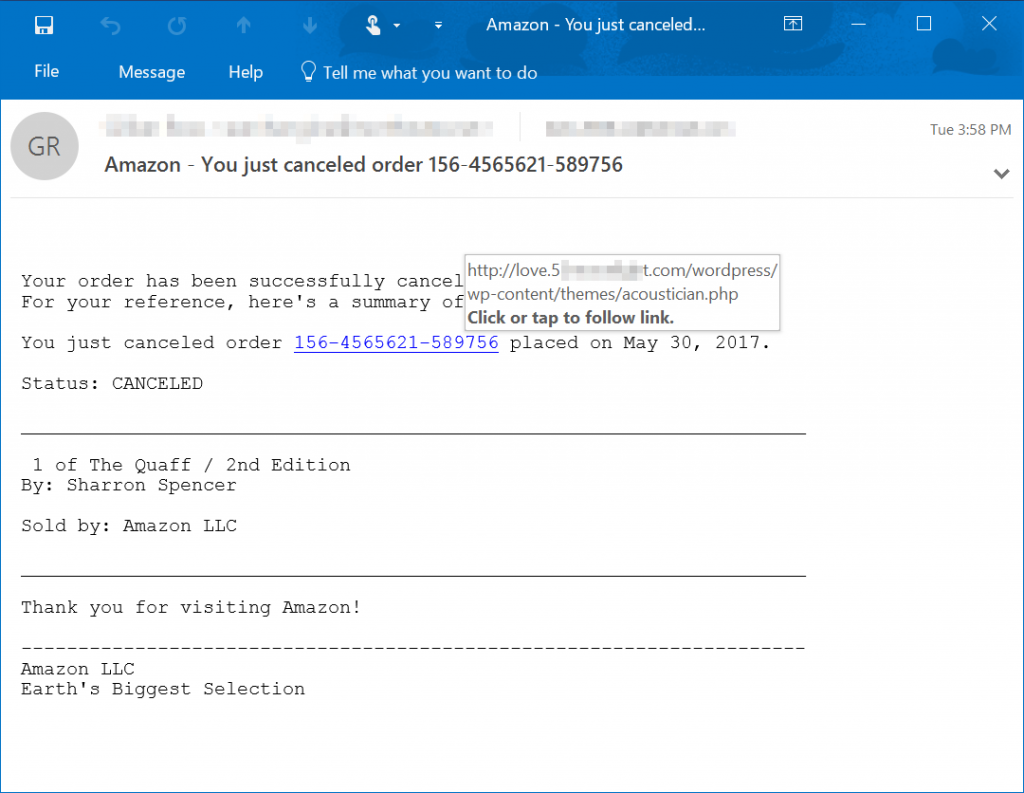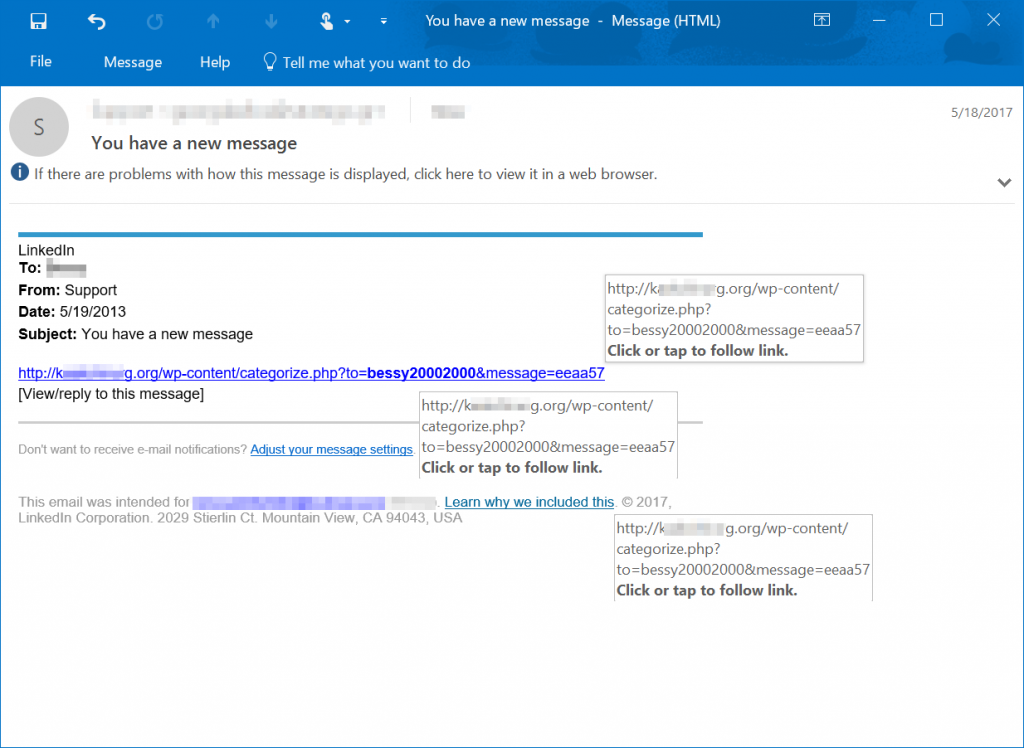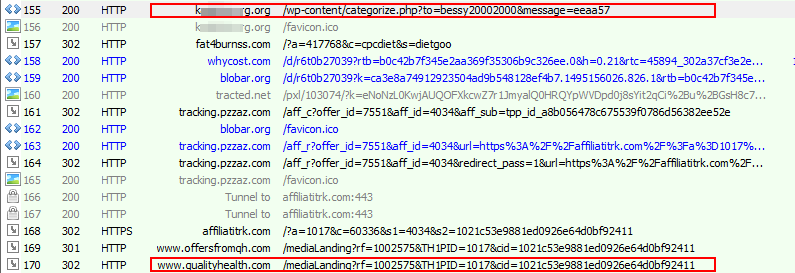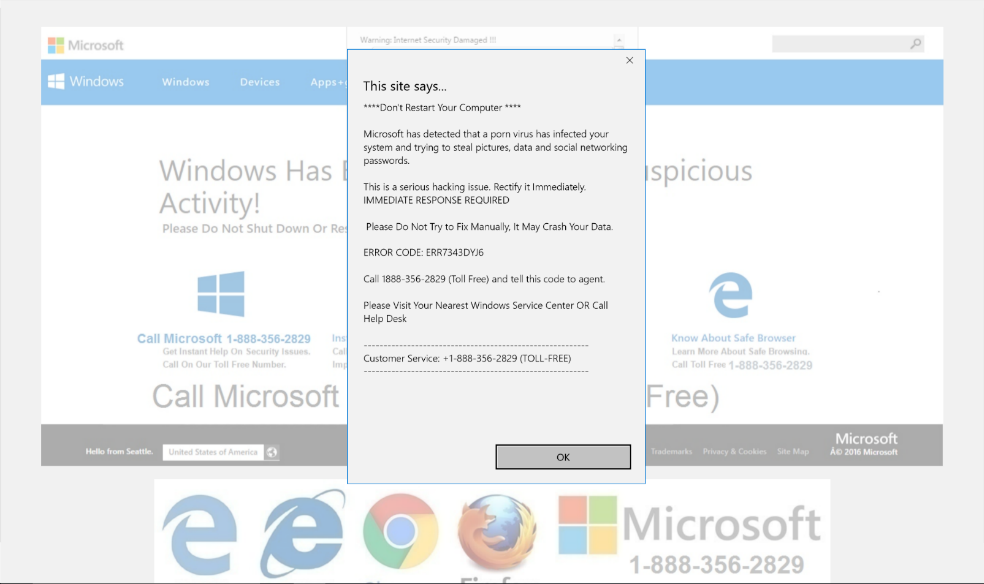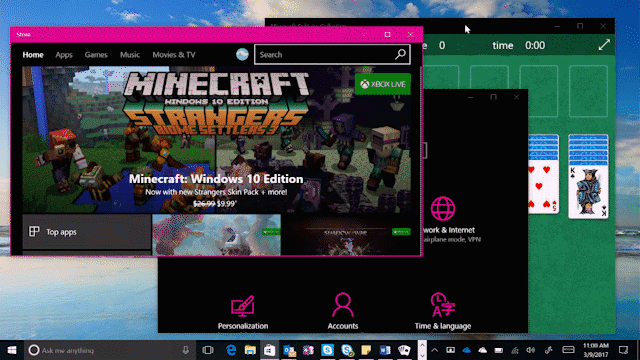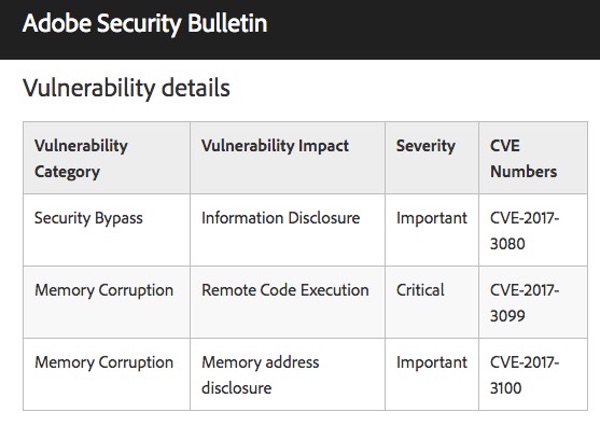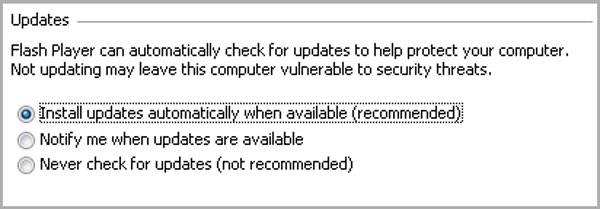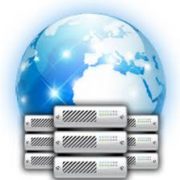The Evolving Role of the Managed Service Provider
Nearly every enterprise has at least one relationship with a managed service provider today and it’s very likely that relationship has evolved over the years. Get ready, it’s changing again and very much to the advantage of the enterprise.
Managed services has its origins in the beginning of the tech market when companies would turn to a reseller to not only integrate but manage the finished solution. Reselling begot hosting in the late 1990s as the Internet began to crossover from government system to the foundation of our lives, as it exists today. Hosters played two key roles: granting individuals and companies access to the Internet and renting server rack space so corporate applications (mostly web sites) could have a point of presence (POP) on the Internet.
This business evolved from rack hoster to rentable IT admins, who took on the tasks of managing the hardware, OS and increasingly the middleware and applications that ran on those servers. The hosting market was a lucrative and relatively well protected space until cloud computing came along. With the introduction of Software as a Service, applications could now be delivered and managed directly by the software provider themselves. Salesforce led this new market disruption in typical innovator fashion by targeting smaller firms, with lower enterprise-grade expectations and line of business budgets. By the time SaaS started penetrating the enterprise market, its multi-tenant, highly scalable deployment model and new pay-per-user business model was hard for hosters to match and the fight was on.
Public cloud platforms added to the competitive threat by extending the SaaS basics to hosted applications. Now both application outsourcing and the core business of hosting were under threat. A surface examination of these developments might lead you to conclude that the days of the managed service provider were looking pretty gloomy but that’s actually far from the case. It’s simply another evolutionary point in the business life-cycle. While the volume of traditional hosting and application outsourcing opportunities diminish as more applications shift to SaaS or cloud platforms, we aren’t making a binary shift and nor are we getting a free ride from a management and monitoring perspective. Look a little deeper and you’ll find that a large percent of corporate workloads don’t easily fit onto cloud platforms, can’t be cleanly replaced by SaaS and won’t go through such a binary change. In fact the definition of an application is shifting and, for most businesses, already have. Get the Fastest WordPress Hosting for your website.
Take, for example, the common business process of eCommerce. Is that a single application? For most companies, absolutely not. It’s a workflow that blends together multiple applications including ERP, CRM, commerce, machine learning, mobile and web, content management and many other elements. And if your company has been around more than 10 years it’s highly likely you have some pretty customized elements in that mix. And it’s a workflow we are constantly refining to stay competitive, improve customer satisfaction with and adapt as end users shift from web-centric to device-centric. So given the changes we are seeing in applications and the shift to cloud that is taking place, what is the end result – a highly blended mix where certain elements are shifted to SaaS, others moved to cloud platforms and others that can’t make the move but must continue as part of the mix.
According to Gartner, Inc., by 2018, more than 40% of enterprises will have implemented hybrid data centers, up from 10% in 2015. Given that we need to accelerate the evolution of this blended model to keep pace both competitively and with our ever-changing customers, what’s the best use of your limited development and IT staff resources? You will pick up some bandwidth as the management of SaaS apps shifts to the SaaS provider and of the infrastructure below the elements you can shift to cloud platforms. But the integration, evolution, security and need for more agile UX improvements all remain. And whether you put your applications on hyper-scale public clouds like Azure or on more localized offerings such as those provided by most MSPs, you still have to manage the Cloud Handshake.
Looking at your task list and cross-correlating this with your IT staff bandwidth, you’ll likely draw the conclusion that managing the Cloud Handshake falls low on the priority list. And this is exactly where the managed service provider can add the most value. And exactly where their business models are evolving. As pointed out in this white paper from Hosting.com, the future of the managed service provider is in managing the blended IT environment. The reality is that your deployment portfolio is evolving to a mix of in-house, hosted, SaaS and multiple cloud platforms. And managing this mix isn’t your core competency and shouldn’t be your priority. MSPs are evolving their business models towards managing this mix so you can focus on the things that are unique to your business.


